Both Asus PB287Q and AOC U2868PQU monitors have been released this week and are very closely priced. While both of these 4k monitors share very similar operation capabilities and even technical characteristics – there are some noticeable differences. The onscreen interface is one of them.
I mentioned earlier this week that I felt ASUS should have moved the power button away from the main menu buttons. It is very easy to accidentally press the power button and turn the screen off – when you had in fact intended to confirm a setting. It caused me no end of frustration during the review.
The AOC interface panel is better implemented, however it is not without flaws.
I didn't have to fumble around the back of the screen to press physical buttons because AOC have placed all of the touchscreen buttons on the front of the panel, in an easy to access manner. Unfortunately there is a certain amount of pressure required to activate, so depending on the table surface, you may need to hold the screen in place while you press them.
Neither ASUS or AOC have got it right really – in an ideal world I would have wanted physical buttons on the front of the screen, with a larger power button out of the way, at the side of the screen. We can't all have what we want, life lesson number 1.
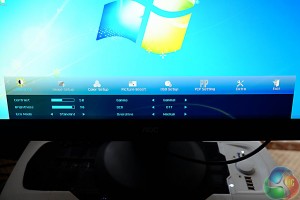
The ‘Luminance' panel offers control over basic settings, such as contrast, brightness, Gamma and overdrive. The screen was set up by default with a 50% contrast and 90% brightness setting. Eco is set to standard.

The ‘Color Setup' menu can be used to correct for slight colour imbalances, without any hassle. It actually works very well too, but I will detail this more on the next page. There are some pre-configured ‘Color Temp' settings, and it defaults to ‘warm'. This is all going to be related to personal taste – if you like a cooler image, then change this immediately.
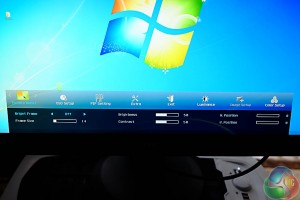
‘Picture Boost' is an interesting submenu as you are presented with settings such as ‘Bright Frame' and ‘Frame Size' – both are interconnected. Bright Frame allows you to select a rectangular area of the screen with its own brightness and contrast settings. You can use this to focus on a certain area of the screen, it is fully customisable. Not sure I would ever use this myself, but it is there if you need it.
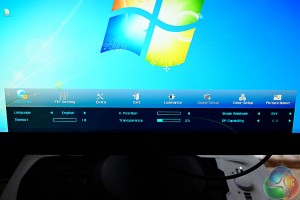
The OSD Setup is self explanatory – it allows for an adjust of the On Screen Menu. positions, transparency and timeout. Strangely AOC have decided to put the DisplayPort Capability option in this On Screen Display Setup menu, which makes little to no sense to me. DP 1.1 and DP 1.2 is offered, but if it has defaulted to DP 1.1 then you will only be able to select a 30hz refresh option within the Windows OS. DP 1.2 is the setting you will want all the time – to get 60hz.
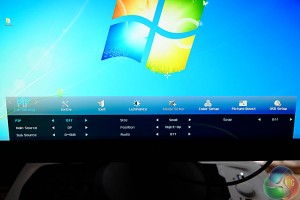
The AOC U2868PQU, in similar fashion to the Asus PB287Q, has full support for Picture in Picture settings. Useful, but again, something I would never touch.
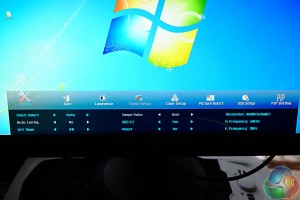
The Extra menu gives control over various ratio, configuration and timer settings. There is also a live readout displaying the resolution and H/V frequencies. If you are seeing a V.Frequency reading of 30hz then you want to make sure you have DP 1.2 selected in the OSD Setup menu. Finally make sure Windows 7/8 isn't set to a 30hz refresh in the display settings.
 KitGuru KitGuru.net – Tech News | Hardware News | Hardware Reviews | IOS | Mobile | Gaming | Graphics Cards
KitGuru KitGuru.net – Tech News | Hardware News | Hardware Reviews | IOS | Mobile | Gaming | Graphics Cards


